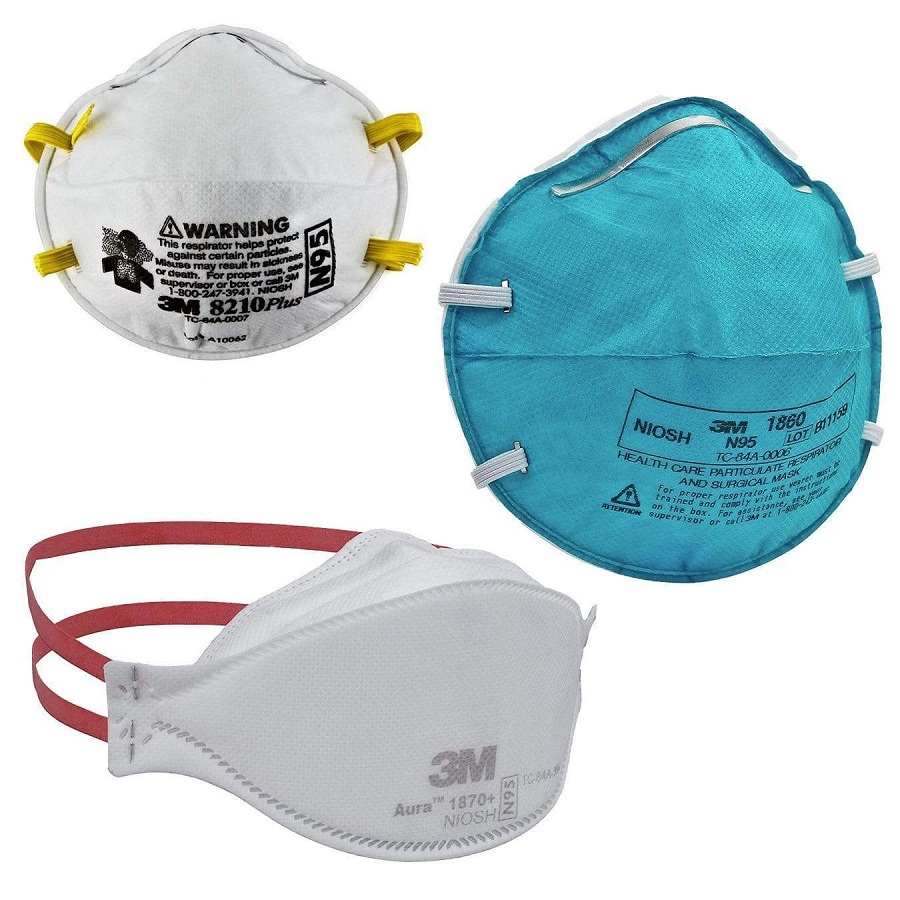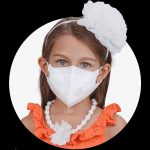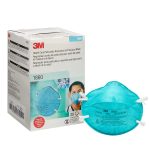Introduction
In recent years, the significance of masks in maintaining health and safety has dramatically heightened. The global pandemic underscored the importance of personal protective equipment (PPE) and the role of masks in mitigating the spread of infectious diseases. Among the various types of masks available, P2 and N95 masks frequently emerge as popular options, particularly in settings requiring a higher level of protection. This article dives deep into the characteristics, functions, and protective effectiveness of P2 and N95 masks, assisting you in determining which offers better protection.
Understanding Respirator Masks
Before diving into the specifics of P2 and N95 masks, it’s essential to grasp the concept of respirator masks. The primary function of these masks is to filter airborne particles, providing a barrier against pathogens, dust, and other harmful particulates that may pose a risk to respiratory health.
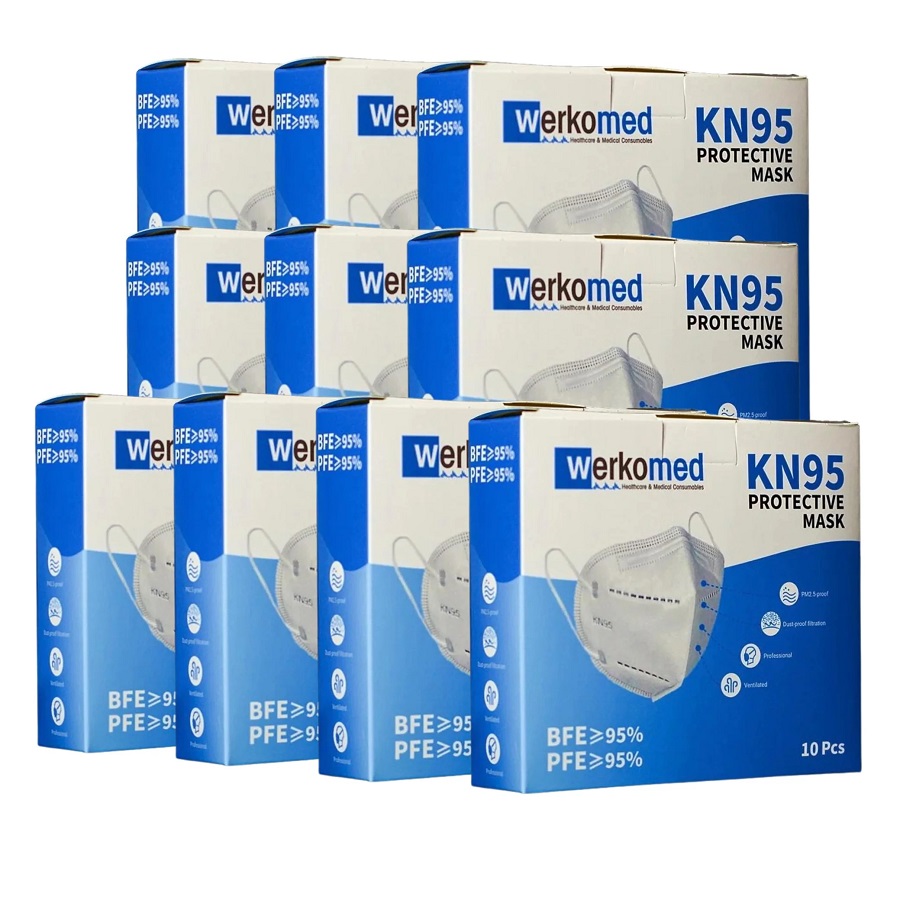
What Are P2 Masks?
P2 masks, also known as P2 respirators, are classified under Australian and New Zealand standards (AS/NZS 1716:2012). These masks are designed to protect the wearer from inhaling hazardous airborne particles. Here are some critical features of P2 masks:
- Filtration Efficiency: P2 masks are required to filter at least 94% of airborne particles (of 0.3 microns or larger). This includes dust, mist, and fumes.
- Fit and Seal: P2 masks must be tightly fitted to the wearer’s face, ensuring minimal leakage around the edges.
- Materials: Generally made from multiple layers of synthetic fiber, P2 masks can be reusable or disposable, depending on the design.
What Are N95 Masks?
N95 masks are classified according to the American NIOSH (National Institute for Occupational Safety and Health) standards. They are designed for use in environments where exposure to particulates is a concern. Key characteristics of N95 masks include:
- Filtration Efficiency: N95 masks provide a filtration efficiency of at least 95% against airborne particles (also of 0.3 microns or larger).
- Fit and Seal: Like P2 masks, N95 masks must also achieve a tight seal on the wearer’s face to prevent leakage.
- Materials: N95 masks are typically made from non-woven synthetic fabric and are primarily designed for single-use; however, some can be reprocessed or used more than once under specific guidelines.
A Side-by-Side Comparison of P2 and N95 Masks
Understanding the distinctions between P2 and N95 masks is crucial for making an informed choice when it comes to respiratory protection. Below, we compare the two based on several criteria.
Regulatory Standards and Certification
P2 Masks
P2 masks adhere to Australian and New Zealand standards, namely AS/NZS 1716:2012. This certification focuses on evaluating the mask’s filtration efficiency, air leakage, and overall fit.
N95 Masks
N95 masks are evaluated based on the NIOSH standards in the United States. NIOSH tests involve rigorous checks for filtration efficiency, breathability, and comfort.
While both masks provide a high level of protection, they do so under different regional regulations, which may affect their usage in respective countries.
Filtration Efficiency
P2 Masks
P2 masks filter at least 94% of airborne particles, which is adequate for most occupational settings, including construction, healthcare, and various industrial applications. They are designed to protect against large droplets, dust, and non-oily particulates.
N95 Masks
N95 masks offer a higher level of filtration efficiency, at 95%. This becomes crucial in healthcare and laboratory settings where exposure to harmful pathogens and contaminants is more likely. The N95 mask is particularly effective against viruses, bacteria, and other microorganisms.
Fit and Comfort
P2 Masks
The fit of a P2 mask is crucial for its effectiveness. While reusable models may offer comfort, disposable P2 masks, particularly those with valves, can enhance breathability but may allow some exhaled air to escape unfiltered. Proper fit testing is essential to ensure the mask performs effectively.
N95 Masks
N95 masks are designed for a snug fit and often feature adjustable straps for a customizable, secure seal. This fit is vital, especially when working in high-risk environments. They tend to be slightly stiffer than P2 masks, which might affect long-term comfort.
Scope of Use
P2 Masks
P2 masks are commonly used in industries such as agriculture, construction, and healthcare, where there is a risk of inhaling non-oily particulates. They are also suitable for those dealing with allergic reactions to pollen or dust.
N95 Masks
N95 masks are particularly essential in healthcare settings, especially during infectious disease outbreaks. They are the recommended PPE for healthcare workers caring for patients with certain respiratory infections, including COVID-19.
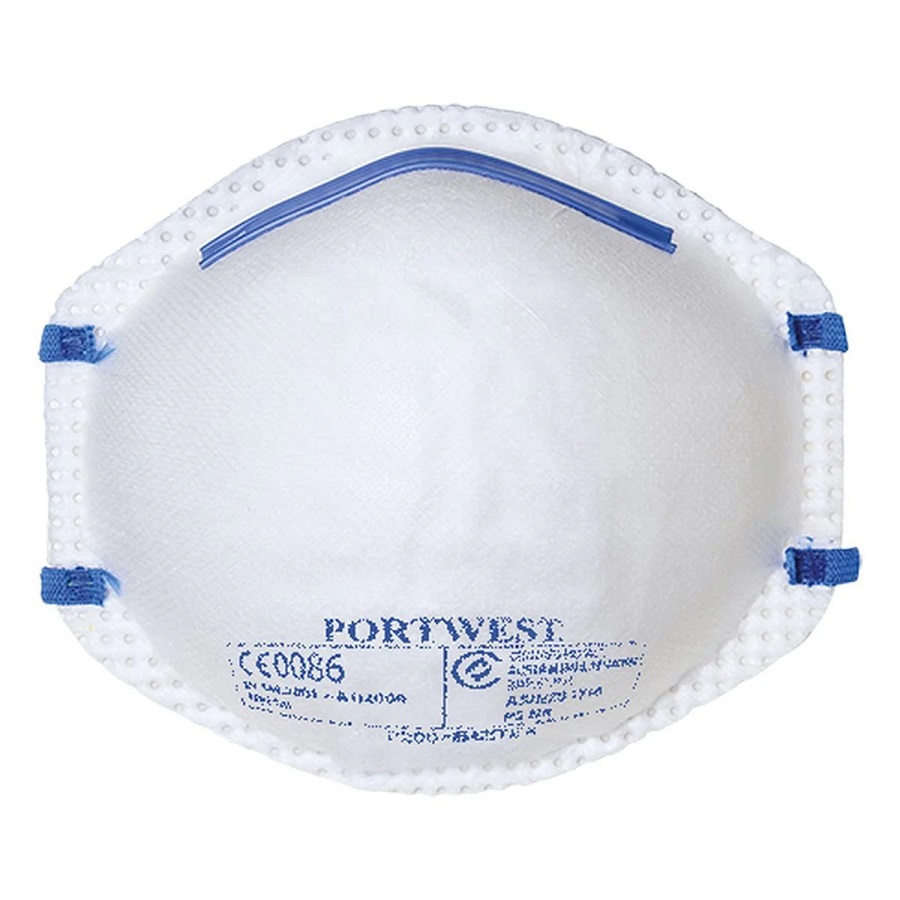
Real-World Application and Effectiveness
Protection Against Infectious Diseases
When it comes to viral protection, both P2 and N95 masks serve essential roles, but there are nuances in their effectiveness:
P2 Masks in the Context of Disease Transmission
P2 masks protect primarily against large droplets and aerosols, which can be effective in reducing the risk of transmission of diseases such as influenza or common colds. However, their efficacy in preventing the transmission of highly contagious diseases may be limited compared to N95 masks.
N95 Masks in Disease Context
N95 masks are specifically designed for high-risk environments, protecting against smaller airborne particles. Their filtration efficiency and fit make them the gold standard for protecting healthcare workers and individuals exposed to infectious aerosols.
Comfort and Wearability During Prolonged Use
One of the critical factors in mask selection is comfort, particularly when masks must be worn for extended periods.
Comfort Levels of P2 Masks
P2 masks, especially the disposable or valve types, tend to offer better breathability, which can make them more comfortable for prolonged use in less hazardous settings. However, they may not provide the same level of protection in high-risk situations.
Comfort Levels of N95 Masks
Although N95 masks are designed for a tighter fit, many users report discomfort during extended wear due to the material’s stiffness and sealing requirements. However, some manufacturers have worked to enhance the breathability and comfort of N95 masks, providing advanced options for long-term use.
Price Point and Availability
Cost of P2 Masks
P2 masks are generally more readily available and slightly lower in price compared to N95 masks, making them a popular choice among various industries. The accessibility and affordability make them a staple in workplaces prone to dust and other airborne contaminants.
Cost of N95 Masks
N95 masks may be more expensive, especially during times of high demand (such as pandemics). Their availability may fluctuate, which can be a concern for those in need of immediate protection.
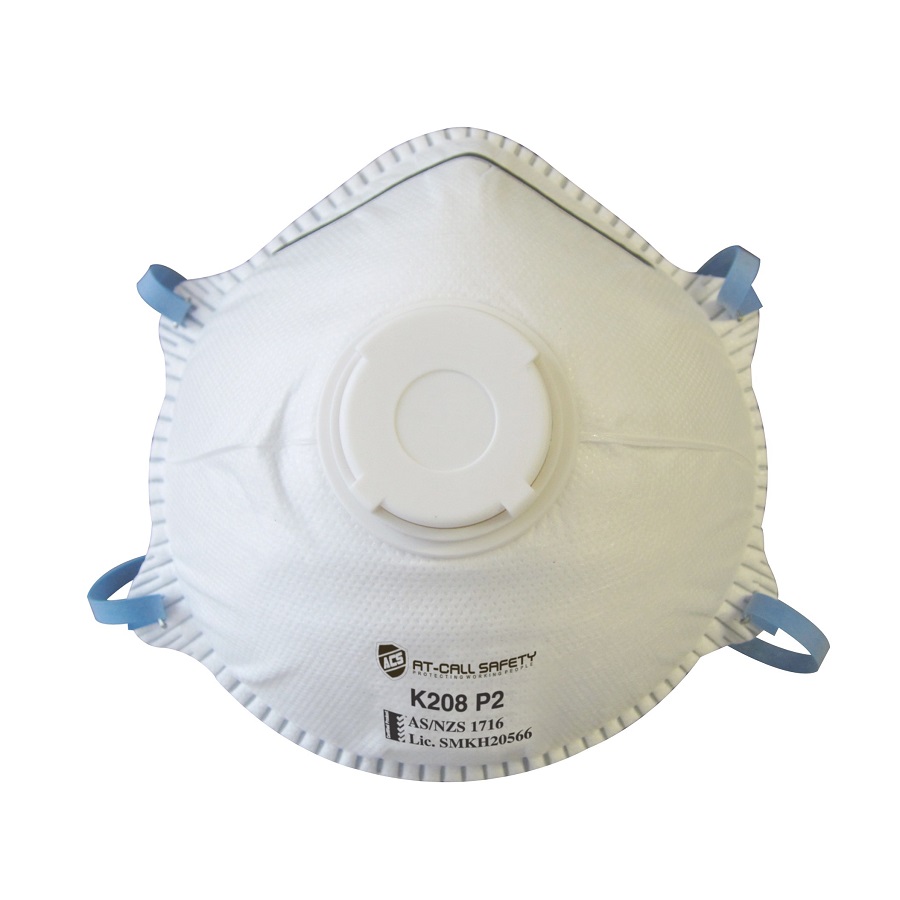
Summary and Conclusion
In summary, both P2 and N95 masks provide essential respiratory protection, but they cater to different needs and settings. P2 masks are suitable for general protection against non-oily particulates and are commonly used in various industries. In comparison, N95 masks offer a higher level of protection against infectious agents and airborne particulates, making them a standard choice in healthcare environments.
When choosing between P2 and N95 masks, consider the following factors:
- Risk Level: In high-risk environments, particularly healthcare settings, N95 masks are recommended due to their superior filtration efficiency.
- Comfort Needs: P2 masks may be preferred in lower-risk situations or for extended wear due to their breathability.
- Availability: Assess availability and price, as this may impact your choice, particularly in times of high demand.
Ultimately, personal preference, specific circumstances, and environmental risks will dictate the best choice for protection. Whether you choose a P2 or an N95 mask, ensure the fit is secure, and align with safety standards to maximize your protection.
